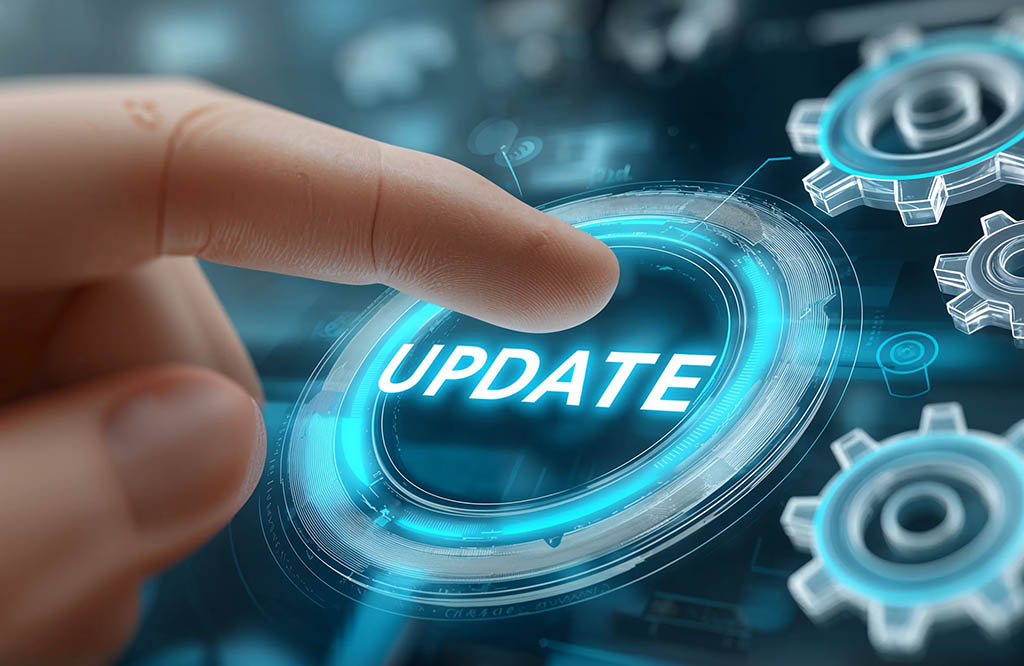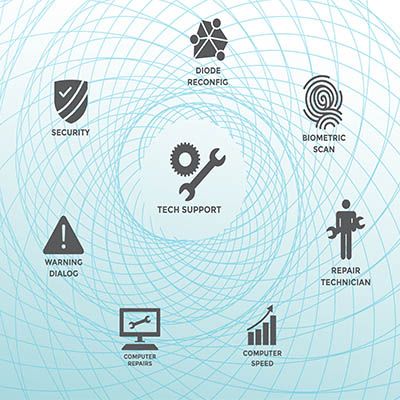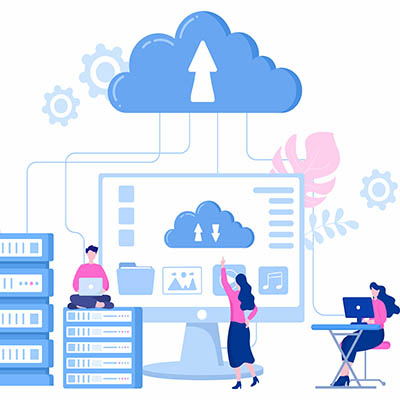Updates and upgrades are expensive, but that doesn’t mean your business can afford to skip them. More often than not, ignoring an update or upgrade to your technology is going to result in eventual bugs, hardware issues, and security vulnerabilities that can only be addressed with an update or an upgrade. First of all, what’s the difference between the two, and how do you know which one is necessary in a given situation?
Update or Upgrade?
An update is making a change to a system that’s currently in place, such as applying patches and security updates. These kinds of changes should be in your IT maintenance routine, as they are critical to the prolonged effectiveness of your business. Updates often resolve known issues with your operating systems and software applications, but they also are known to resolve security vulnerabilities that emerge over time. Cybercriminals are always on the hunt for new ways to exploit vulnerabilities, so you really should do your best to apply patches and updates so you’re not leaving yourself wide open.
Upgrades, on the other hand, are when your business replaces an existing system with an entirely new one—for example, upgrading from Windows 10 to Windows 11 before next week. They are typically more involved and more expensive, as they sometimes require implementing new hardware capable of running the new system. Unfortunately, upgrades are an inevitable side-effect of technology growing more powerful by the year, as well as its tendency to slow down over time.
Whether or not you need an update or an upgrade depends on a number of factors:
Is Your Technology Experiencing Technical Issues?
Sometimes a technical issue, like a bug or a glitch, can be resolved with a simple update. If you’re experiencing odd issues with your technology, it could mean you have an update to deploy. When in doubt, report the issue to IT, whether that’s your in-house technician or an outsourced provider like North Central Technologies.
Is There An Existing Security Issue?
This one is a bit of a loaded question. If there is an existing security issue, depending on the severity of the vulnerability, developers might rush a fix and issue it with their patches and updates. This means you’ll need to be prepared for an update. However, if those patches and updates are no longer an option, say, due to a lack of support from the developer… read on.
Is Your Technology Supported?
All good things come to an end, including your technology. As systems are phased out by their developers, they are no longer supported, meaning they stop receiving the patches and updates that help them stay functional, relevant, and secure. When an operating system or a piece of software reaches its end of life, you know it’s time for an upgrade.
If your business needs help implementing patches and updates, or if it requires assistance upgrading to new technology, North Central Technologies can help. Learn more by contacting our technicians at 978-798-6805.







